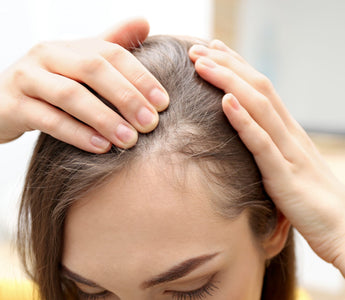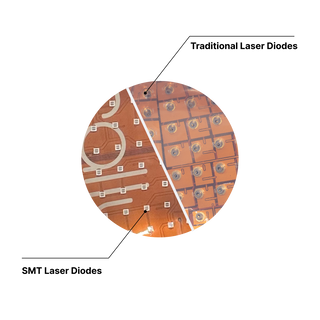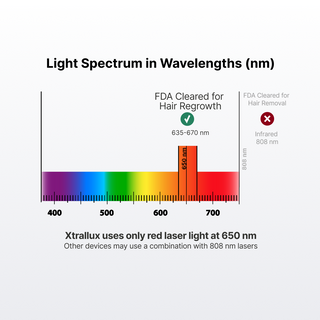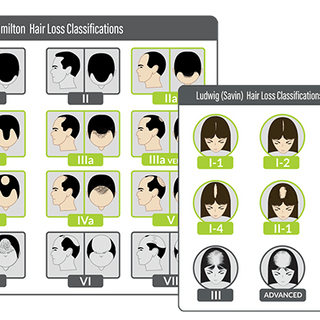The Ludwig Scale offers a structured approach for classifying the stages of female pattern baldness, providing a clear framework to assess the progression of hair loss in women. This scale delineates three primary stages: Type 1 signifies the onset of hair thinning. In contrast, Type 3 represents the most advanced stage of baldness. The scale is instrumental in identifying the extent of hair loss, thereby aiding in selecting the most appropriate treatment approach. Similarly, the Savin Scale serves a parallel purpose, focusing on assessing overall hair thinning. Recognizing the signs of female pattern hair loss early on is crucial, and while self-diagnosis can offer initial insights, consulting a professional is paramount for accurate assessment and treatment planning.
The Stages of Hair Loss According to the Ludwig Scale
Type 2
Type 3
Early intervention is critical to managing female pattern hair loss. During routine hair care, signs to watch for include overall thinning, patchy bald spots, a widening hair part, and increased shedding. Some individuals may experience hair loss following physical or emotional stress, with hair falling out in clumps during washing or brushing.
Addressing Receding Hairlines in Women
Though less prevalent, women may also encounter a receding hairline or bitemporal recession, characterized by thinning around the hairline. This can arise from genetic factors, underlying health conditions, or traction alopecia — hair loss induced by persistent stress on the hair follicles due to tight hairstyles or harsh styling practices. Adjusting hair care routines and seeking professional advice are critical steps towards mitigating further hair loss.
The Role of LLLT and Xtrallux in Hair Regrowth
Low-Level Laser Therapy (LLLT) emerges as a promising treatment for hair loss, leveraging light therapy to stimulate hair follicle activity and promote regrowth in women experiencing Stage 1 & 2 of hair loss. The Xtrallux hair regrowth cap, designed with this innovative technology, stands out as a non-invasive solution to combat female pattern hair loss. By offering a targeted approach to stimulate hair growth at various stages of thinning, Xtrallux can be particularly effective for individuals on the Ludwig Scale seeking to halt the progression of hair loss and rejuvenate their scalp health. With consistent use, Xtrallux provides a viable option for those looking to restore their hair's density and vitality, underscoring the importance of early detection and the benefits of LLLT in hair restoration efforts.






